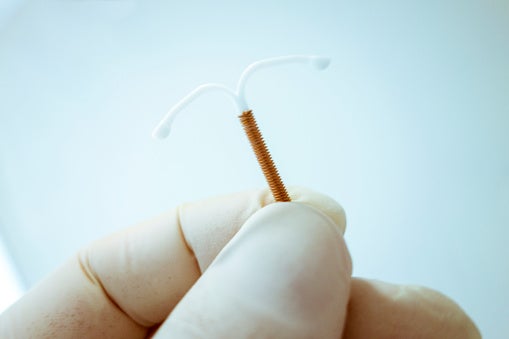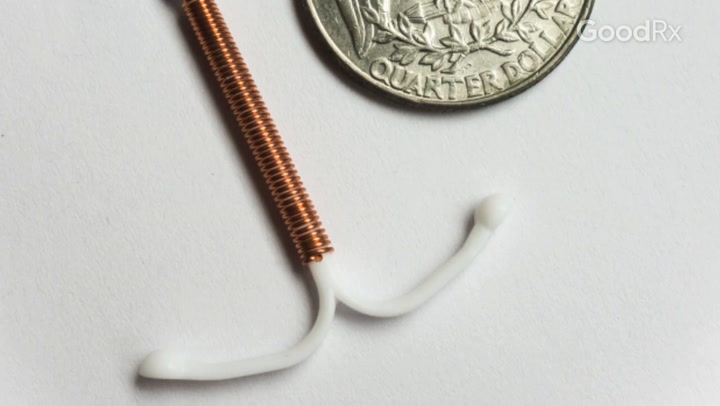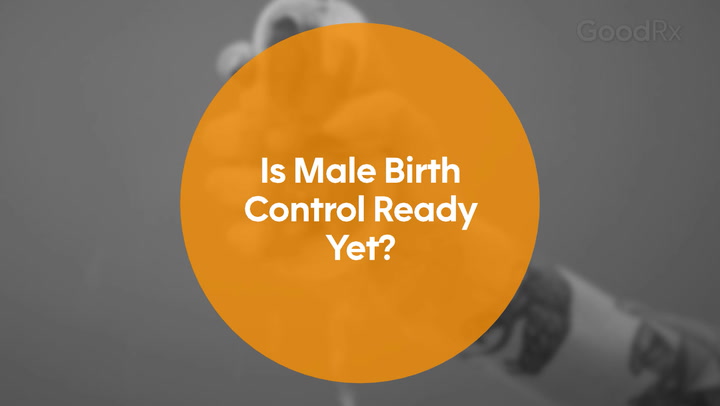
IUD vs. Implant: What’s the Best Option for Long-Acting Birth Control?
Key takeaways:
Intrauterine devices (IUDs) and hormonal implants are both similarly effective methods of birth control. An unplanned pregnancy occurs in fewer than 1 in 100 women with typical use.
There are two types of IUDs: hormonal and nonhormonal. These are small, T-shaped birth control devices that are placed in the uterus. They can last for up to 10 years, depending on the brand.
Contraceptive implants are a small plastic rod inserted into your upper arm. They can last for up to 3 years.
There’s no “best” option. What’s right for you depends on your situation and your preferences.

There are many reasons you might be looking into long-acting birth control methods like intrauterine devices (IUDs) and hormonal implants. They have many upsides: They’re highly effective and well tolerated. And they require only a one-time placement that can provide effective coverage for years. This means you don’t have to remember to take a daily pill.
But is one better than the other? What are the differences? Here’s what you need to know about IUDs and implants.
IUDs and implants: What are the options?
IUDs are small, T-shaped devices inserted into the uterus. There are two types to choose from: hormonal IUDs and nonhormonal IUDs.
Search and compare options
An implant, on the other hand, is always hormonal. It slowly releases hormones into the tissues under the skin to prevent pregnancy.
Hormonal IUDs
This type of IUD releases a synthetic version of the naturally occurring sex hormone progesterone (progestin is the lab-made version). This hormone prevents pregnancy in a few different ways:
It prevents ovulation (egg release).
It thickens cervical mucus to prevent sperm reaching the uterus.
And it thins the lining of the uterus so an embryo can’t attach.
There are four IUDs in this category. Each is approved by the FDA for a different length of time:
Nonhormonal (copper) IUD
Nonhormonal IUDs are copper IUDs. They work by releasing copper ions, which create a toxic environment for sperm. They can cause heavier or longer menstrual bleeding than hormonal IUDs, although this usually improves with time.
Birth control pill alternatives: Long-acting methods like intrauterine devices (IUDs), implants, and more offer reliable protection without the hassle of remembering to take medication.
Everything you need to know about “the pill”: Read our full guide to understand your different options, based on side effects, effectiveness, risk factors, cost, and more.
Are IUDs safe for teens? Yes, and in fact, IUDs are recommended by experts as one of the safest and most effective forms of birth control. Find out why.
There are two types of copper IUD:
Paragard: Paragard was approved by the FDA more than 40 years ago. And for decades, it was the only nonhormonal IUD available. It’s made of plastic, wrapped in copper wire. It’s FDA approved for up to 10 years of use.
Miudella: Miudella is a newer copper IUD. It’s made of a highly flexible metal alloy that contains half the amount of copper as Paragard. It comes preloaded in an inserter, which may make it easier for trained healthcare professionals to insert it. Miudella was FDA approved in February 2025 for up to 3 years of use.
Implants
An implant is a small, plastic rod (like a matchstick) that gets inserted under the skin in your arm. There’s only one type: the etonogestrel implant known under the brand name Nexplanon.
The Nexplanon implant slowly releases etonogestrel, a type of progestin. This helps prevent pregnancy in a similar way as a hormonal IUD.
It can stay in place for up to 3 years. Unpredictable vaginal bleeding and spotting is more common with Nexplanon than hormonal IUDs.
IUDs vs. implants: Key similarities
IUDs and implants have many similarities. For example, they:
Are very effective (over 99%) at preventing pregnancy
Don’t require maintenance (“set it and forget it”)
Don’t affect your ability to get pregnant in the future
Are good options for people of all ages, even teens
Reduce periods and period cramps (except copper IUDs)
Require placement and removal by a healthcare professional, both of which can cause discomfort
It’s important to note that neither IUDs or implants can protect you against sexually transmitted infections (STIs). That means you’ll still have to use preventive measures, like condoms, vaccines, and testing.
IUDs vs. implants: Key differences
IUDs and implants have more similarities than differences. But these are the key differences:
Location: An IUD is placed in the uterus, and the implant goes in your arm.
Duration: Depending on the type, an IUD can last from up to 8 years (hormonal IUDs) to up to 10 years (nonhormonal IUDs). On the other hand, implants last up to 3 years.
Side effects: Because hormonal IUDs and implants both contain hormones, they have unique and similar side effects, including headaches and breast tenderness. The copper IUD has different side effects that include painful or heavy periods, pain during sex, and more.
Risk profile: There may be an increased risk in young people (younger than age 25) for an IUD to work its way out of the uterus. This could result in complications or unwanted pregnancy if the person is unaware that the IUD has moved. On the other hand, migration of a hormonal implant is very rare.
How long they take to start working: Hormonal IUDs and implants aren’t effective right away. You’ll need to use another form of birth control for the first 5 to 7 days, depending on the type. But a copper IUD is effective immediately.
Implants vs. hormonal IUDs vs. copper IUDs
| Implant | Hormonal IUDs | Copper IUDs | |
|---|---|---|---|
| Insertion | By a trained healthcare professional | By a trained healthcare professional | By a trained healthcare professional |
| Location | Upper arm | Uterus | Uterus |
| Time to start working | 5-7 days | 5-7 days | Immediately |
| Duration | 3 years | 3-8 years | 10 years |
| Side effects |
|
|
|
| Effects to menstruation | Unpredictable spotting and bleeding | Lighter or no period | Heavier or longer period |
Frequently asked questions
Any hormonal birth control has the potential for weight gain due to water retention. The risk is usually pretty low. But people respond differently to hormonal birth control methods. That makes it hard to predict who might gain weight and who won’t. Types of birth control without hormones — like a copper IUD — usually don’t cause weight gain.
You may have heard that hormonal birth control can increase the risk of blood clots. IUDs and implants have a lower risk of this than pills, patches, and shots. But if you have a history of blood clots or clotting disorder, your risk may be different. It’s important to discuss your medical history with your primary care provider or reproductive care team before starting a new method of birth control.
Anyone with the following medical conditions or health history shouldn’t get an implant:
Ongoing or history of breast cancer
History of blood clots or clotting disorder
Liver disease
Previous reaction to the implant
The bottom line
IUDs and hormonal implants are both highly effective methods of long-acting birth control. There are a few key differences though. These are mainly related to where they’re placed, how long they last, and their side effects. There’s no “best” option overall. But if you’re still not sure, your primary care provider or reproductive care team can help you decide which option is right for you.
Why trust our experts?



References
American College of Obstetrics and Gynecology. (2024). Long-acting reversible contraception (LARC): Intrauterine device (IUD) and implant.
American Sexual Health Association. (2025). There’s a new non-hormonal IUD on the market.
French, V. (2023). What you should know about breakthrough bleeding with birth control. American College of Obstetrics and Gynecology.
Jatlaoui, T. C., et al. (2019). The safety of intrauterine devices among young women: A systematic review. Contraception.
Organon LLC. (2024). Nexplanon- etonogestrel implant [package insert]. DailyMed.
Reed, S., et al. (2019). Real world data on Nexplanon procedure-related events: Final results from the Nexplanon Observational Risk Assessment study (NORA). Contraception.

























